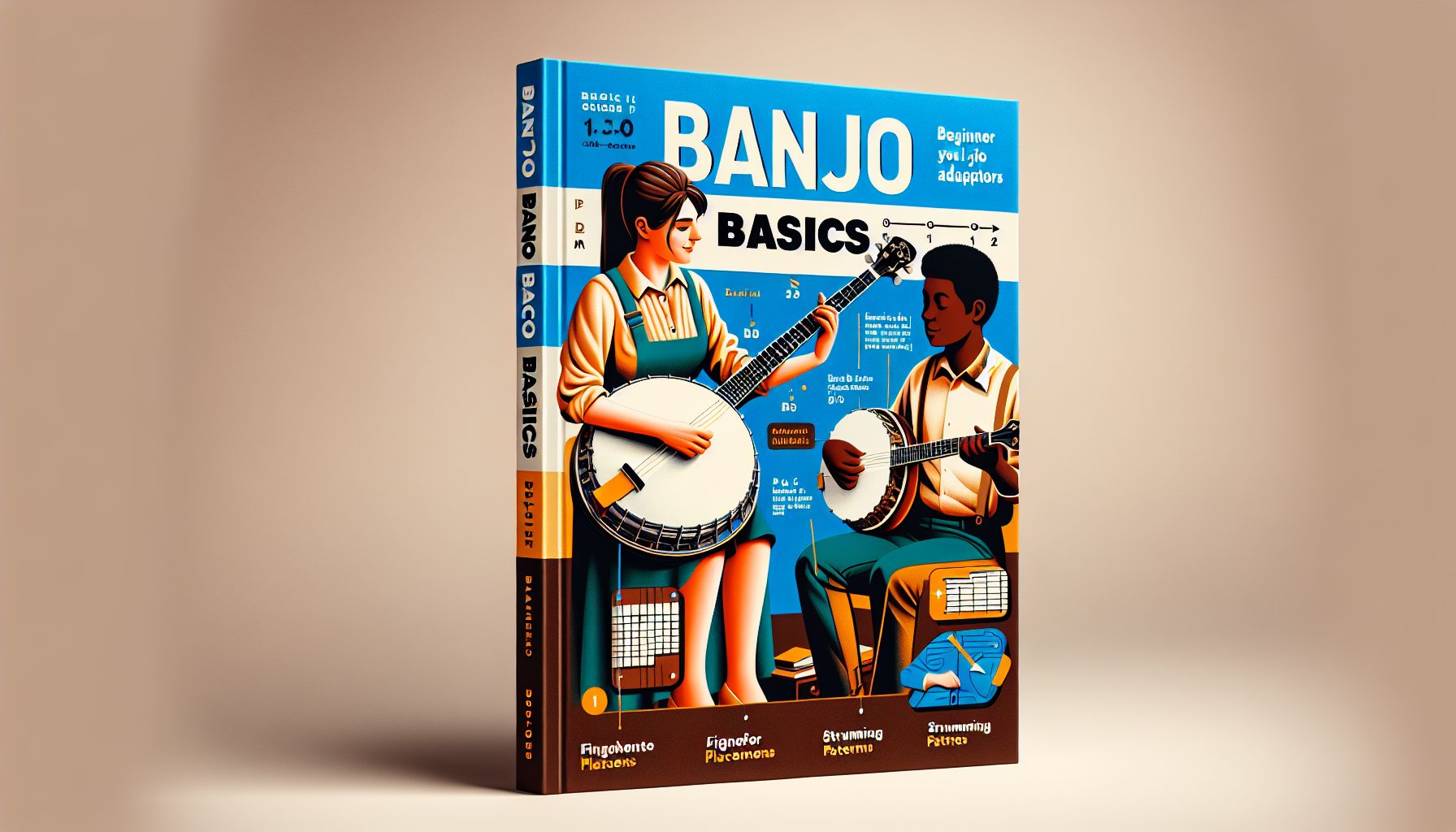From the hills of Appalachia to the bluegrass stages of the world, the banjo has long captivated audiences with its distinctive twang and lively tunes. Whether you’re drawn to its rich history, or simply fascinated by its unique sound, picking up the banjo is an exhilarating journey well worth embarking on. If you’re a banjo beginner ready to strum your way into the world of this iconic instrument, you’ve come to the right place! In this guide, we’ll explore the basics of the banjo, particularly the 5-string banjo, and set you on a path towards banjo mastery.
Introduction to the Banjo
The banjo, a stringed instrument with a vibrant history, is typically associated with American folk, bluegrass, and country music. Its distinct sound and striking appearance make it easy to identify. The 5-string banjo, with a shorter drone string, is the most common type played today. As a beginner, this is the perfect instrument to start your banjo journey with.
Getting Familiar with the 5-String Banjo
The 5-string banjo consists of several essential components:
-
Neck: This is the long, slender part of the banjo which holds the strings and allows you to fret notes.
-
Frets: The thin metal strips along the neck that divide it into segments, helping you find specific notes on different positions.
-
Head: This is the circular piece of material stretched over the rim, which you strike with the picks or your fingers to produce sound.
-
Bridges: The bridges, usually made of wood, rest on top of the head and support the strings. The bridge closest to the tailpiece helps define the string length, while the second bridge, closer to the neck, is used mainly for drone string placement.
-
String Pegs: These pegs, located on the headstock, are turned to adjust the tension of the strings.
-
Tailpiece: The tailpiece holds the strings in place and transfers vibrations from the strings to the banjo’s body.
With its distinct construction, the 5-string banjo offers a variety of playing techniques to create different tones, melodies, and rhythms.
Tuning Your Banjo
Before you can begin strumming, it’s crucial to tune your banjo properly. The most common tuning for a 5-string banjo is called “Open G” tuning. Starting from the lowest-pitched string to the highest, the notes should be G, D, G, B, D. To make this process easier, use an electronic tuner or a tuning app, ensuring each string rings at the correct pitch. Regular tuning of your banjo is essential to produce the desired sound and harmony.
Basic Playing Techniques
To get started on your banjo journey, let’s explore a few fundamental techniques:
-
Picking Hand Position: Rest your picking hand gently on the banjo’s head, using it as an anchor point while plucking the strings with your fingers or picks. Experiment to find which picking style feels most comfortable for you.
-
Strumming: Begin by focusing on downstrokes. Using your index or middle finger, strum the strings downward towards the floor, making sure to strike all the required strings for each note. Practice finding a consistent, rhythmic sound.
-
Fretting Hand Position: As you strum, your fretting hand will press the strings against the fretboard to produce different notes. Place your thumb on the back of the neck, with your fingers arched and ready to reach the desired frets. Start by pressing down near the frets for cleaner sounds, gradually building finger strength.
-
Slides, Hammer-ons, and Pull-offs: Advanced techniques such as slides, hammer-ons, and pull-offs allow you to play faster melodies and create expressive sounds. These techniques involve transitioning smoothly between frets while maintaining the rhythm. Mastering these will greatly enhance your playing abilities.
-
Practice Regularly: To truly hone your banjo skills, a dedicated practice routine is vital. Aim for short and frequent sessions rather than long, sporadic ones. Consistency is key for steady improvement.
Expanding Your Banjo Knowledge
As a banjo beginner, it’s essential to foster a passion for the instrument and the musical genres it represents. Listen to various banjo players, explore different styles such as bluegrass, folk, or jazz, and delve into banjo history to enrich your understanding and appreciation.
Additionally, accessing instructional resources, such as books, online tutorials, or even finding a banjo teacher, can significantly impact your progress. Learning from experienced musicians provides invaluable guidance, helping you develop proper techniques, explore new playing styles, and master challenging pieces.
Conclusion
Congratulations on taking your first steps towards becoming a banjo player! Remember, mastering the banjo is a journey filled with discovery, challenges, and beautiful melodies. Focus on building solid foundational skills, practicing regularly, and exploring various banjo styles to nurture your passion for this remarkable instrument. With time and dedication, you will join the ranks of the many talented banjo players who have taken the stage before you, bringing the spirited sound of the banjo to life.


